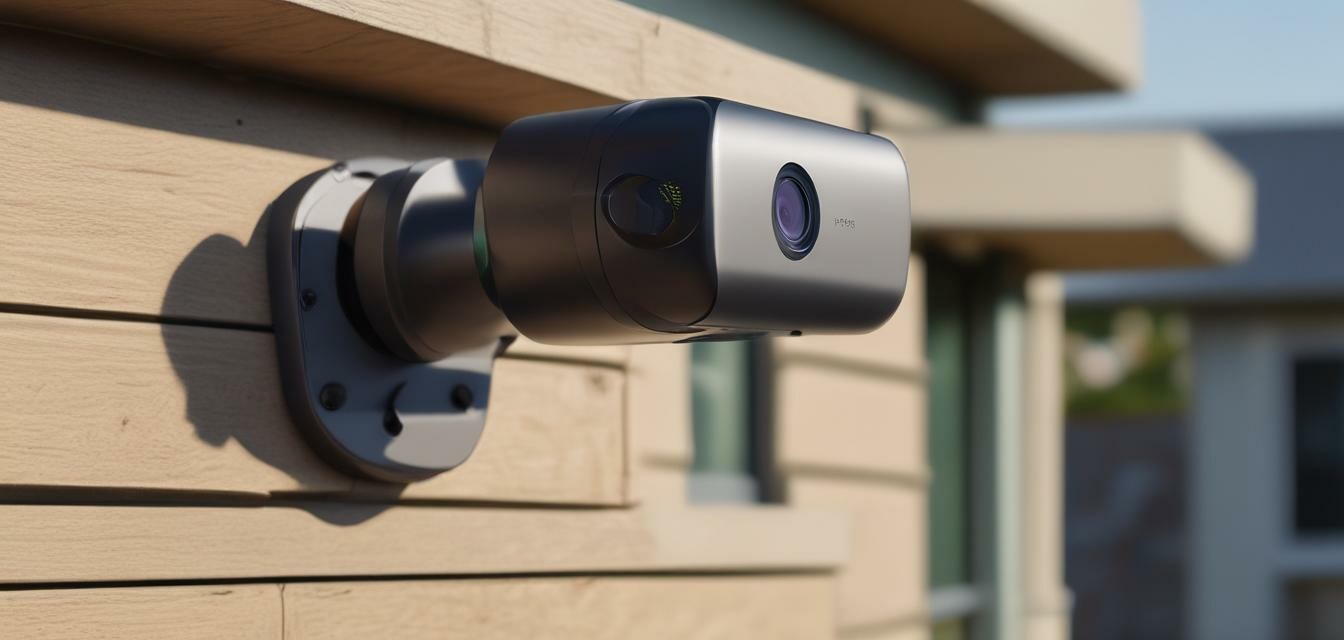
How to Set Up Smart Cameras for Optimal Coverage
Key Takeaways
- Identify key areas to monitor around your property.
- Choose the right type of smart camera for your needs.
- Follow positioning tips to avoid blind spots.
- Consider environmental factors that may affect camera performance.
- Regularly update your security system for optimal functionality.
Smart cameras are an essential part of modern home security systems. They provide homeowners with peace of mind by offering surveillance capabilities that can be accessed remotely. Setting up your smart cameras for optimal coverage can significantly improve your home security. In this article, we will guide you step-by-step on how to set up your smart cameras effectively.
Understanding smart camera types
Before you begin setting up, it’s essential to understand the different types of smart cameras available. Each type has unique features that cater to specific needs:
| Camera Type | Features | Best Use |
|---|---|---|
| Indoor Cameras | Compact, often with two-way audio | Monitoring inside your home |
| Outdoor Cameras | Weather-resistant, wider lens | Surveillance of exterior property |
| PTZ Cameras (Pan-Tilt-Zoom) | Remote control for viewing angles | Large areas with moving targets |
| Doorbell Cameras | Integrated doorbell, motion detection | Monitoring front entrance |
Step-by-Step Setup Guide
1. Identify key areas for coverage
Start by determining the critical areas around your home that require surveillance. Here are some tips to consider:
- Entry points such as doors and windows.
- Driveways or paths leading to your home.
- Backyards or other outdoor spaces.
- Garage or storage areas.
2. Choose the right installation height
Proper installation height is crucial for maximizing coverage. Follow these guidelines:
- Mount cameras at least 8–10 feet above the ground.
- Ensure the camera lens is clear from obstructions.
- Avoid placing cameras near sources of glaring light.
3. Avoiding blind spots
To ensure comprehensive monitoring, position your cameras wisely to eliminate blind spots.
- Overlap coverage by mounting cameras to face overlapping angles.
- Utilize PTZ cameras to cover large open spaces.
- Check your camera’s field of view and adjust accordingly.
4. Consider environmental factors
Weather and surrounding objects can impact camera performance. Keep the following in mind:
- Ensure cameras are weatherproof for outdoor installations.
- Consider foliage or other structures that may obstruct views.
- Test cameras during different times of day to assess visibility.
5. Connect to your home network
Next, connect your smart cameras to your home Wi-Fi network:
- Download the camera’s app on your smartphone.
- Follow the on-screen instructions to connect to Wi-Fi.
- Test the camera feed to ensure proper connectivity.
6. Regular maintenance and updates
Maintaining your smart cameras is essential for ongoing performance. Follow these tips:
- Check for software updates regularly through the app.
- Clean camera lenses monthly to prevent dirt buildup.
- Verify the position and angle of cameras occasionally.
Pros
- 24/7 monitoring of your property.
- Remote access to live feeds and recordings.
- Ability to deter potential intruders.
Cons
- Initial setup can be time-consuming.
- Dependence on stable internet for functionality.
- Privacy concerns if not properly managed.
Tips for beginners
- Start with a few cameras and expand as needed.
- Use cloud storage for peace of mind in case of theft.
- Engage with the user community for troubleshooting advice.
Conclusion
Setting up smart cameras for optimal coverage requires careful planning and execution. By understanding the different types of cameras and following these step-by-step guidelines, you can improve your home security system significantly. For more tips on enhancing your smart home security, be sure to explore our Tips & Best Practices category.
